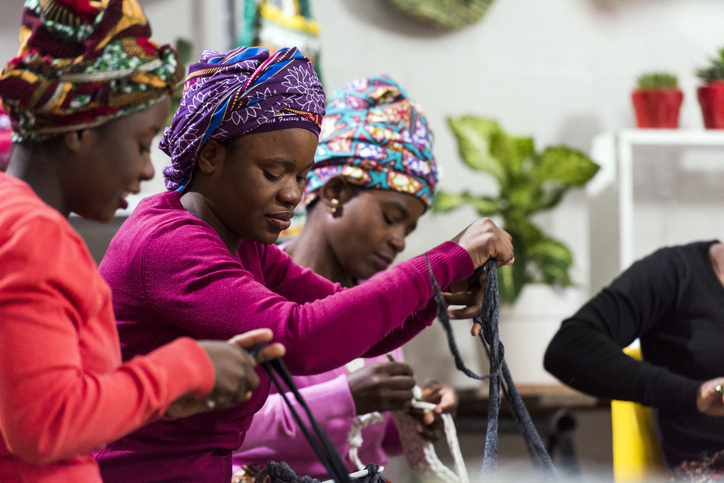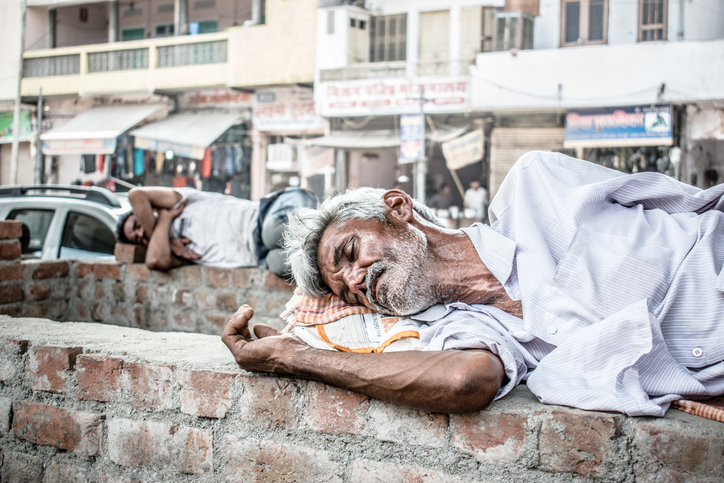What can be done to tackle gender inequality in the developing world? This column argues that alongside investments in school and community-based education, reforms must focus on shifting mindsets and improving women’s overall social and economic status.
Differences in socio-economic outcomes for men and women in developing countries are generally larger than in the developed world. These gender disparities are particularly severe and multidimensional in South Asia, where patriarchal traditions continue to govern decisions about marriage, work, and schooling. But this is a global problem: for example, women are disproportionately exposed to multiple forms of violence and abuse, ranging from intimate partner violence (IPV) to female genital mutilation (FGM), as well as forced and under-age marriage.
One systematic review of data from 81 countries reports that 30% of women aged 15 or older have experienced physical and/or sexual violence from an intimate partner at some point in their lifetime. And the World Health Organization estimates that in Africa, more than three million girls each year are at risk of FGM, which includes all procedures that alter or cause injury to the female genital organs. Worldwide, about 140 million girls and women are living with the consequences of FGM.
IPV has significant health, social, and economic consequences. These include the direct physical and psychological impacts on victims, often leading to female homicides and dowry deaths. Victims of FGM also bear negative consequences throughout their lives and across various socio-economic and health outcomes.
In recognition of these adverse consequences, reducing domestic violence and ending FGM are among the key objectives of the Sustainable Development Goals.
The reasons for the persistence of violence against women are manifold. But the drivers of FGM are not well understood. For example, one research report shows that the risk of being cut is higher among societies that are historically more pastoral. Another study indicates hidden support for the practice among women.
In an earlier GlobalDev commentary, we presented experimental evidence of hidden support for gendered violence among young women in Bangladesh. Such support for gender-based violence among potential victims suggests that gender inequality is often deeply embedded. This hints at a broader underlying challenge: the need for change in systemic power structures that currently favor men.
But what can be done to improve women’s attitudes towards FGM, wife-beating, and other forms of gender-based violence such as child marriage? Two popular policy responses are access to school education and empowerment programs.
A review article published in The Lancet offers a comprehensive summary of the interventions available to reduce violence against women and girls, including IPV and FGM. While interventions in high-income countries focus on responses to violence, those in low and middle-income countries have tended to focus on prevention of violence.
The latter set of interventions may be grouped into participatory group training programs, community mobilization interventions, and livelihood interventions (for example, improving economic empowerment of women or providing cash transfers to households). Group training programs are considered to hold promise in reducing the incidence of violence against women. At the same time, evidence is less clear-cut on the effectiveness of group-based empowerment programs.
In Bangladesh, the international development organization BRAC has innovated a range of club-based Adolescent Development Programs (ADP), which expose adolescent girls to a variety of activities. In our research, we evaluate the effectiveness of one variant of the ADP scheme, which provided non-formal training and dissemination of information about sexual health, gender rights, and legal provisions for violence against women.
Paradoxically we find that adolescent girls exposed to this program are more likely to hide their true support for domestic violence, which could be due to them conforming to the expectations of those providing the program treatment.
Overall, these results emphasize the difficulty of shifting gender attitudes permanently through social empowerment programs, even in contexts where girls’ schooling and economic opportunities have improved considerably in recent years, such as Bangladesh.
This calls for further programmatic innovations. Fortunately, some progress has been made in this regard. This includes the ‘empowerment and livelihoods for adolescents’ (ELA) training scheme in Uganda, BALIKA (Bangladeshi Association for Life Skills, Income, and Knowledge for Adolescents) in Bangladesh, and the Kishori Kendra (KK) scheme of training-based gender empowerment and financial incentives to delay marriage, which is also in Bangladesh.
Available programs offering empowerment alongside incentives are promising. But based on experiences with the KK scheme, a standard empowerment component is once again insufficient. Large-scale cultural and economic transformation is also critical, as highlighted by an earlier study of the role of cable television in reducing the reported acceptability of domestic violence and preference for sons over daughters in rural India.
Therefore, alongside investment in school and community-based education, reforms aimed at ending gender inequality in South Asia must focus on improving women’s overall social and economic status.







